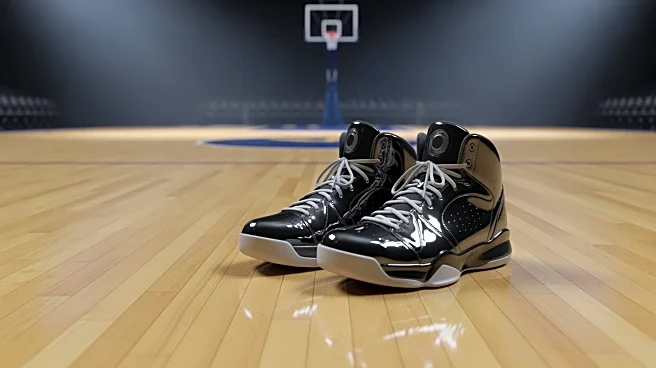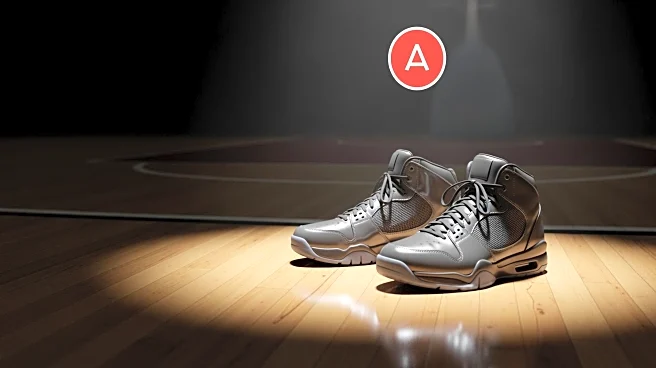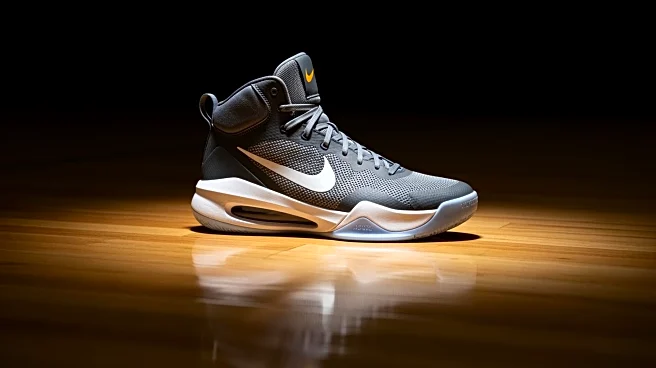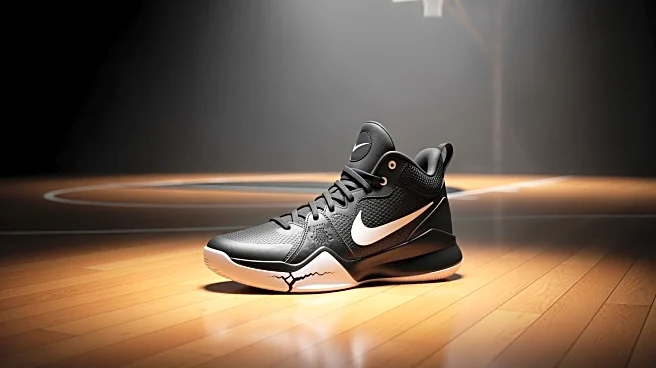What's Happening?
Kawhi Leonard, the 34-year-old forward for the Los Angeles Clippers, is set to miss several upcoming games due to a sprained ankle, as announced by coach Tyronn Lue. Leonard has already missed three consecutive
games, including the recent match against the Phoenix Suns. Despite the lack of specific details regarding the injury's severity, Lue indicated that medical tests suggest it is not likely to be a long-term issue. Leonard had participated in the first three games of the season, maintaining an average of 24.3 points, 5.7 rebounds, and 3.5 assists per game. His absence comes as the Clippers prepare for a series of home games followed by a stretch of seven consecutive road games.
Why It's Important?
Leonard's absence is significant for the Clippers, as he is a key player whose performance greatly influences the team's success. His injury history, including missing the entire 2021-22 season due to a knee injury, raises concerns about his long-term health and availability. The Clippers will need to adjust their strategies and rely on other players to fill the gap left by Leonard. This situation could impact their standings in the Western Conference and their overall performance in the season. Fans and stakeholders are closely watching how the team adapts to this challenge.
What's Next?
The Clippers are facing a challenging schedule with upcoming home games and a series of road games. Coach Tyronn Lue and the team will need to strategize effectively to manage without Leonard. The team's performance in these games will be crucial in maintaining their competitive edge in the league. Stakeholders, including fans and analysts, will be observing the team's adaptability and resilience in Leonard's absence.
Beyond the Headlines
Leonard's recurring injuries highlight the broader issue of athlete health and management in professional sports. The Clippers' handling of Leonard's situation could set precedents for how teams manage player injuries and recovery processes. This development also raises questions about the long-term sustainability of relying heavily on star players who have a history of injuries.











